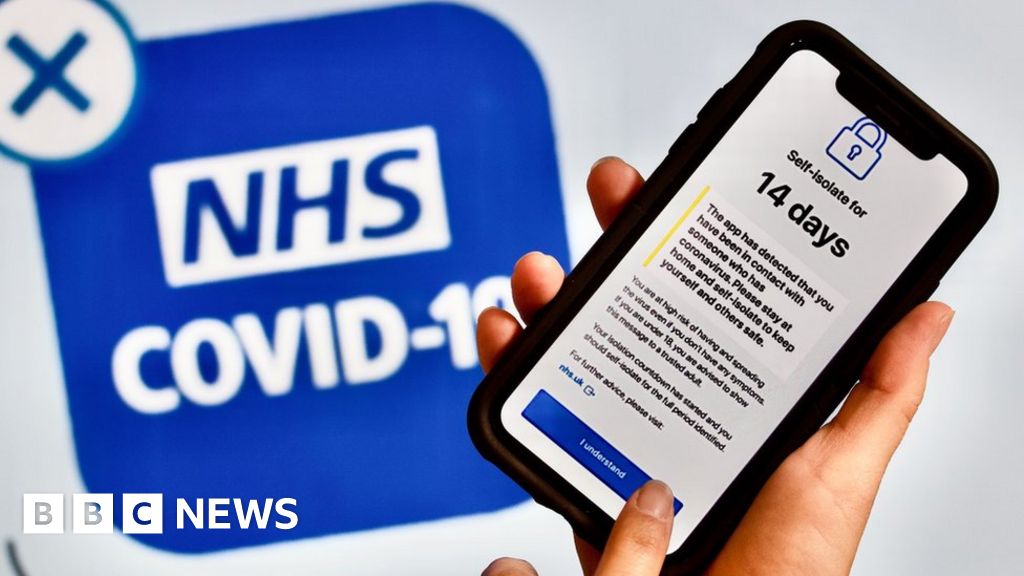 Image copyright
EPA
Image caption
In Japan, some customers have donned plastic facemasks in bars
Image copyright
EPA
Image caption
In Japan, some customers have donned plastic facemasks in bars
When people in the UK were asked last month what they were most looking forward to post-lockdown, only seeing friends and family ranked higher than a night out.
And with limited socialising now a possibility, attention is turning to Britain's pubs, bars and clubs. The government has said the hospitality sector, which includes pubs and bars, could reopen "no earlier than 4 July".
But can nightlife in the UK ever conform to social distancing rules? And what would a Covid-safe evening out look like?
"It might be the case that people have to wear masks, it might be that people have to have their temperature taken on entry," says Alex Black, manager of Thekla, a 600-capacity club and music venue in Bristol.
Thekla is unusual in that it is a former cargo ship moored in a dock in the city centre. Yet it faces the same problems as many bars, clubs and pubs on dry land: it can be cramped inside and has limited outside space.
"The plan at the moment is to utilise outdoor space, we're in talks with the council about using the car park," Alex tells the BBC.
Any outside space would have to be filled with heavy or fixed furniture to ensure social distancing, and people would need to rely on table service for drinks, with orders likely placed through an app.
Crucially, Alex says the dancefloor will be closed: "If they have a couple of drinks and start slacking on distancing then the dancefloor isn't going to be possible."
Other new features could involve one-way systems - similar to supermarkets - and temporary outdoor toilets, with stewards brought in to regulate both. The cost of these extras, plus any cut taken by the ordering app and fees paid to the council for using extra land, mean profits will be hard to come by.
Image copyright Thekla Image caption Alex Black, manager of Thekla, says making a profit would initially be challengingThe answer for clubs, Alex says, might be to still treat each night as an event, with a DJ or band and an admission fee.
"We'd try to implement some sort of entertainment to warrant the admission charge. Realistically, that is the way you'd have to do it to make it profitable."
And it is not just venues that rely on music that need more space. Pubs too are facing the possibility of being unable to open.
"We could normally fit about 70 people in here," says Sean Hughes, who runs The Boot, a grade II listed pub in St Albans. "At 2m distancing, we've mapped out we could fit about five people.
"It's a horseshoe bar, it's very narrow. It's about two metres from the door to the bar, and then all around the edge you have tables. On one side we have toilets, so that takes out all of the tables on that side because people have to queue."
The only option for The Boot, as with many pubs, is to put tables outside, or on the street, which the local council has temporarily closed.
But even then, Sean says, queuing to get in, table service - again, possibly via an app - and gloves and face coverings for staff might be necessary. These measures, he fears, will detract from the experience and could keep customers away.
And not all pubs, clubs and bars will even be lucky enough to make use of outside space.
Among those working to ensure venues of all kinds can operate safely and profitably in larger cities are London night czar Amy Lamé and Manchester's night-time economy adviser Sacha Lord.
"I certainly would have thought that, to begin with, you'll have to be seated," Sacha says of bars and pubs. "I think it will be table service, you won't be asked to take your glasses back to the bar."
He says that disposable menus and Perspex screens could be common. "It's not going to have the atmosphere for quite a while."
With reduced capacities, could pubs and bars opt to charge more for drinks?
"I don't think, as we're walking into a recession, that paying more is really an option," says Amy, but she concedes making a profit will be a struggle.
"Overwhelmingly, bars, pubs and clubs rely on the last 20% of people walking through their door before they make a profit, so it's really important they're operating at the fullest capacity possible."
But the UK is not alone in trying to open its evening economy. Close to 40 night-time advisers from around the world - including from the UK, the US, Australia, Brazil, the Netherlands and Germany - have joined forces in a WhatsApp group to share potential solutions.
So what steps are others taking?
Germany allowed some venues with large outdoor spaces to open from 15 May. These operated as beer gardens with food being served. Dancing, however, was banned and closing time was set at 22:00.
Bars were opened on 2 June, although guests have to sit at tables, one and half metres apart - and last orders are at 23:00. Clubs remain closed.
The Netherlands, like Italy and France, has reopened bars, though there is a limit to 30 customers inside, while in Italy plastic screens have been installed between tables.
Spain reopened its bars and some clubs on 8 June, though again dancing is not allowed.
Switzerland opened its nightlife on 6 June, albeit with limits on numbers of visitors and the requirement to record customers' details to help trace outbreaks.
In China, where bars have been open since March, the tracing of customers goes far further.
Those entering bars and clubs are asked to present a government-developed app on their phone, which displays an overview of their health. They then have a temperature check, usually on their wrist, before filling out a form with their name, phone number and passport number.
Image copyright EPA Image caption A nightclub worker attaches a protective screen to a bar in Spain, where groups of 50 can attend events indoorsAlex Blatt, a UK citizen based in Beijing, says the experience is far from what it was before the pandemic.
"You're quite conscious of checking you're doing everything by the rules. Have I signed in correctly? Is my temperature OK? Have I shown staff the right app? What tables am I allowed to sit at? Do I wear my mask all the time?
"It's that uncertainty in a domain that once felt so ordinary. But at the end of the day it's still a place people go to relax, so fundamentally these places get that and they're trying to do that as best they can."
'It doesn't make sense'
The pressing question for the UK industry is not just what venues will look like when they return, but - with social distancing measures in place - how many will be able to return at all.
The deciding factor for many will be whether the current 2m rule will have to be enforced indoors.
"With 2m distancing, we're only looking at 30% to 40% of bars and pubs, and even less clubs, being able to open," says Mike Kill, CEO of the Night Time Industries Association.
"Once you get to 1.5m you're looking at about 50%, and once you get to 1m you're looking at about 60%."
Among the 40% of venues unable to operate under any form of social distancing will be The Jazz Cafe, in Camden, north London.
"We worked out logistical examples of distancing and how many people we could get in and it just doesn't make any sense," says head of music Ruari Frew.
With the government's furlough scheme due to end in October, The Jazz Cafe, one of the city's best-loved music venues, is now planning to survive until 2021 through crowdfunding.
Examples like that have prompted industry bodies and businesses to call for more clarity around when and how the UK government wants pubs and bars to reopen.
A government spokesman told the BBC the Department for Business, Energy and Industrial Strategy was "working closely with businesses across the hospitality sector" to help them reopen.
But whatever the government's guidelines, it is likely to be some time before the familiar enjoyment of pre-coronavirus nightlife returns.

 5 years ago
945
5 years ago
945 

